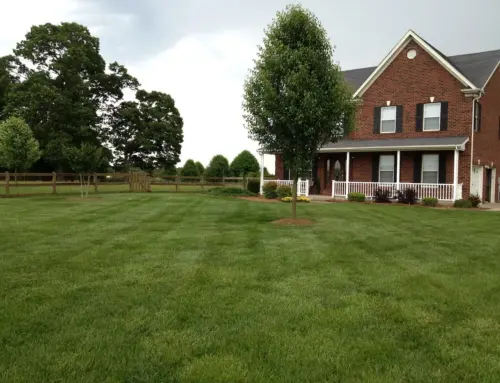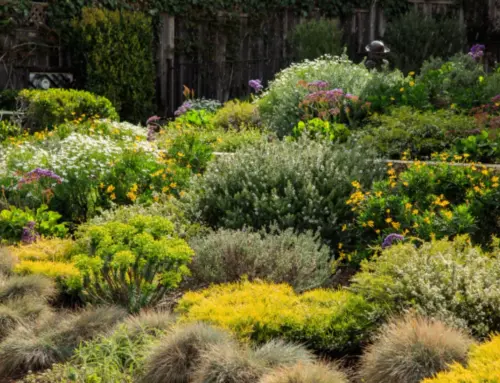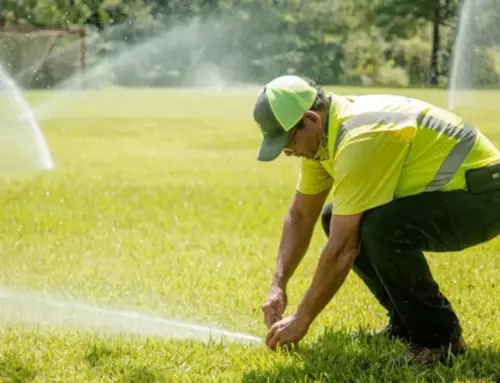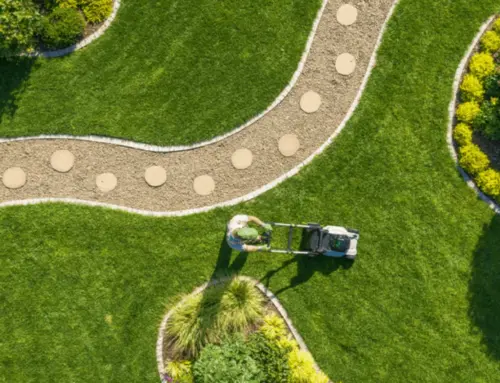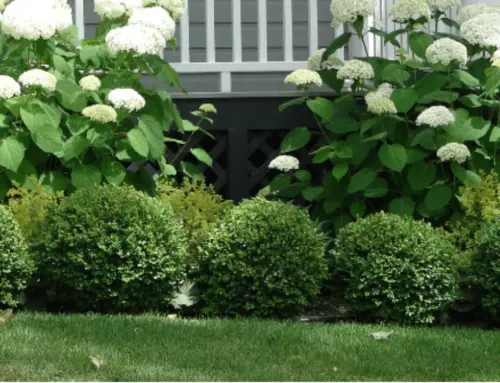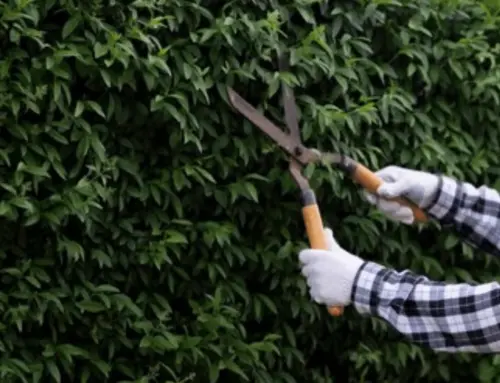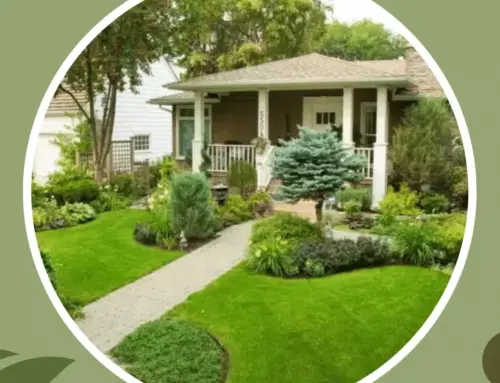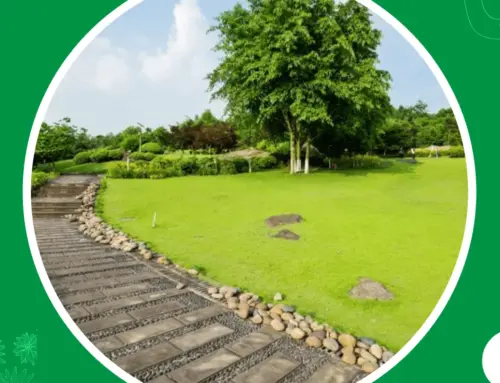Although it may seem straightforward to create a well-landscaped yard, many people find the work difficult. However, your objectives may be aided by understanding the most fundamental and critical components of an effective landscaping design . Therefore, it’s crucial to team up with a landscaping expert who can assist you in designing a landscape that you’ll want to maintain for many years.
What do you think is the most critical component of landscaping?
The solution is trickier than you may imagine. Your landscape’s usefulness, aesthetic value, and functionality are not all due to one factor. Instead, outstanding landscaping is the result of numerous interconnected moving pieces. What you should know is as follows.
KNOW YOUR TARGETS
The first step in designing a landscape is to identify your aims. What purpose will the room serve? Is it a play area? Is there a patio there where people may gather? Does a pool exist? Is the room just for show?
Please list all the many activities you intend to do with the area after it is finished. Knowing your goals will help you communicate with them if you plan to engage a professional landscaper. In addition, having these details in writing will assist you as you plan your landscaping.
Participate in this planning process with your spouse or other household members. You might not be aware of other people’s landscaping designs for your home. You don’t want to find out later in the planning phase that other family members are dissatisfied with your ideas. Before purchasing materials, coming up with designs, or engaging a professional, try to settle any disagreements or arguments you may have.
OBSERVE THE LIGHT
The presence of sunlight is a crucial element in any landscape. The kind of plants suitable for your yard depends on the quantity and quality of light and when and how much. While some plants require full sun, defined as six hours or more of direct sunlight each day, other plants need moderate sunlight. Some plants prefer the morning sun solely, while others can tolerate either morning or afternoon sun because the afternoon sun might be more strong than the morning sun.
Spend a few days observing your yard to determine how much sunlight each region receives throughout the day. Then, calculate the sunlight each place gets each day and at what times. This will assist you in making plant selections, or if you’re working with a pro, it will help them.
KNOW WHAT LEVEL OF MAINTENANCE YOU PREFER
Some gardens require almost daily upkeep all year long. Other gardens require only the occasional weeding and minor pruning at the start or end of the growing season, but they need minimal care year-round.
Determine how much upkeep you’re willing to put into your yard if you intend to do it yourself. Keep in mind that the amount of maintenance your landscaping needs will have an impact on your monthly budget if you decide to hire a landscaping firm to take care of your yard for you. To assist your budget and determine how well your landscape design fits within your budget. If you’re working with a professional landscaping company to install your landscaping, they should be able to help you estimate how many hours they would need to spend caring for your yard each month.
HARDSCAPING WILL ADD FUNCTIONALITY.
When beginning a landscaping design, many homeowners frequently overlook the installation of hardscaping. To avoid harming the landscaping, functional facilities such as places for entertaining or outside dining require their independent location. Other types of hardscaping, such as pergolas and lattices, can assist shade areas and create separate activity zones in your garden.
In addition to being practical, hardscaping is also aesthetically pleasing. For instance, blossoming vine-covered pergolas provide a sense of lush beauty and wealth. Such a feature gives your yard and garden a healthy, inviting appearance.
A simple walk across your yard or a multi-layered deck are both examples of hardscaping. A landscaper should build most hardscaping because it must be done professionally for safety concerns (a deck, for example) or because it won’t survive as long if it isn’t appropriately built (for instance, a patio or pergola). Work with your landscape professional on this since even stone paver pathways that are hastily built may soon be overrun with weeds.
ADD CURB APPEAL.
When landscaping your home’s exterior, it is essential to consider ways of increasing your home’s curb appeal. No matter how lovely your home might be on the inside, if the outside is unkempt and uninviting, you may have difficulty getting people to want to come inside.
There are many ways to increase your home’s curb appeal with landscaping. You can plant flowers and shrubs, build a garden, or install a water feature. If you have a porch or deck, make sure it is clean and inviting. Outdoor furniture, potted plants, and wind chimes can all add to the overall appeal of your home.
Ensuring your landscaping is neat and tidy is also essential for curb appeal. Be sure to trim the lawn, pull weeds, and rake leaves regularly. If you have any dead trees or shrubs, be sure to remove them as well. Nothing will make your home look less appealing than overgrown landscaping.
TAKE A PROFESSIONAL’S ADVICE
So, deciding whether or not to hire a landscaping professional is one of the last decisions you’ll need to make while planning to construct new landscaping. While most people can plant flowers on their own, hiring a landscaper with experience and a deeper understanding of design and the issues that can affect your home’s landscaping for a genuinely professional appearance is necessary.
When hiring a professional, start by discussing your goals and how much upkeep you can give your landscaping each week. Be aware of your spending limits for one-time purchases and continuing expenses. Have a list of questions ready to ask each professional when they arrive for your consultation after going over their portfolios.
- Check the references.
- Determine whether the people you’re hiring share your vision.
- Meet with several landscape contractors to learn more about how they differ. This will enable you to select the expert that best suits your needs.
When landscaping, you’ll need to consider a number of different topics you should research and discuss with your landscaper. It will be simpler and more satisfying to have the talk if you have given these concerns some attention beforehand. So make an appointment and discuss your needs with Performance Lawn & Landscape to learn more about how to make your landscaping project a success.


